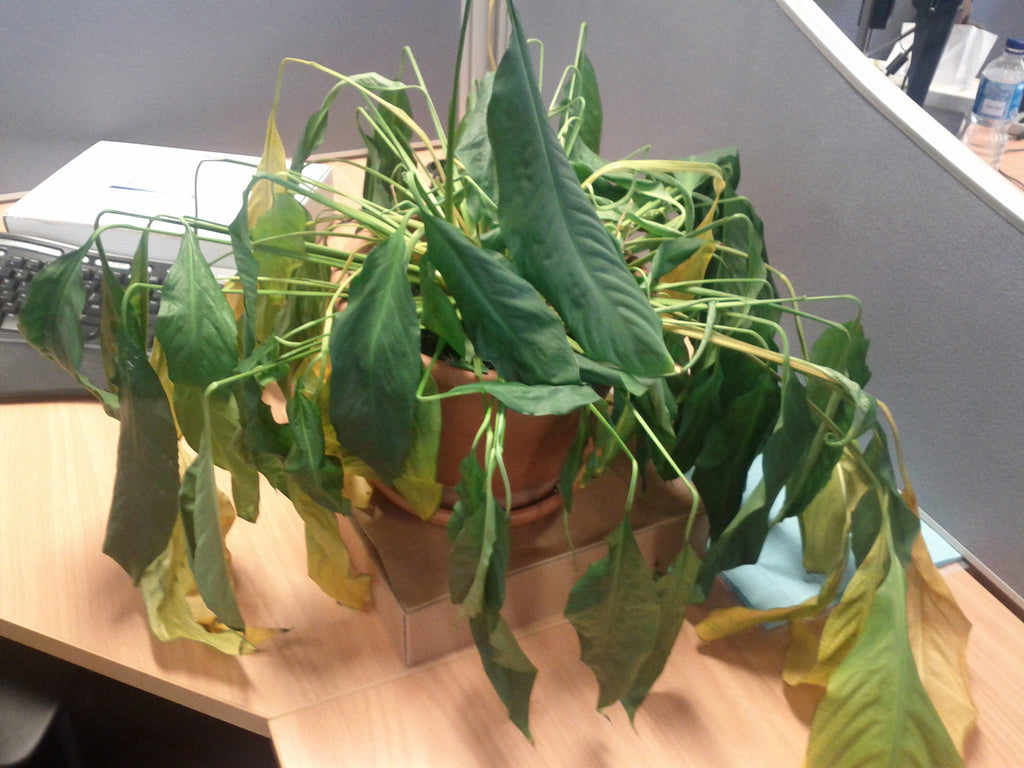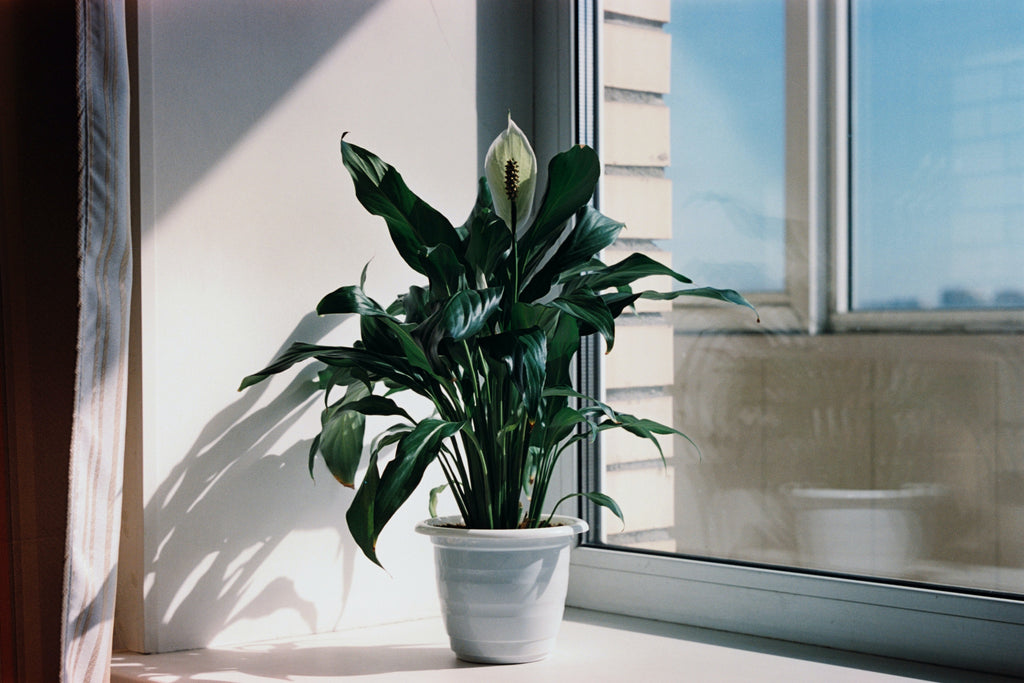
Image credit: Elena Golovchenko from Pexels
A peace lily is a great asset to any living space and adds a touch of vibrant peace and tranquility. However, a peace lily drooping is the first sign that something might not be right with your plant. There is no need to worry as this can often be remedied easily. We are going to talk about why your peace Lillys leaves are drooping and what you can do to help it back back to good health.
Under Watering
One of the most common reasons peace Lilly plants may droop is due to not being watered enough. These plants require frequent waterings, and when they are left without it for an extended period they begin to suffer. This can be a significant cause of peace Lily drooping. The wilting and yellowing of the leaves can tell you that the plant needs more water right away to help it regain its vigor. In moments like these, remember basic watering needs for peace lilies
By checking the soil around them every week or so – if it's dry up to two inches down then your plant will likely be craving some hydration. The soil should remain moist but never soggy and with your help it will likely spring back into action in no time.
- Make sure soil is moist to inches down from surface
Overwatering
Maintaining the adequate moisture levels of your peace lily plant's soil is essential for its health. Too much water can cause damaging root rot, a recognisable sign being droopy leaves on the plant- and thankfully this serves as an indicator that it’s time to do something. If the soil is moist let it dry out a bit until the top inch or two are dry before considering watering again. Also make sure your pot has holes in the bottom for proper drainage. If it is to waterlogged repotting may be necessary in order.
- Let the top 2 inches of soil dry before you consider watering.
- Ensure Drainage Holes
- Repot Plant if the Soil is Waterlogged
Temperature and Humidity
The peace Lilly is a versatile and common houseplant, popular for its alluring foliage and ease of care, requiring minimal maintenance. One of the main aspects to monitor for peace Lily owners is the temperature and humidity of its environment. Temperatures should typically range between 60°F (16°C) -80°F (27°C) with higher humidity levels, measuring around 70–90%. These more moist conditions are essential in helping your peace Lily thrive, aiding it’s absorption of nutrients through those beautiful dark- green leaves. Applying a simple room humidifier or misting the leaves with water a few times a week in conjunction with regular waterings will help keep peace Lilie’s happy!
Incorrect light levels
Peace Lilies are a beautiful houseplant that are fairly easy to take care of, and long-term care will even result in gorgeous white blooms. Peace Lilly are indigenous to the jungle floor so they prefer indirect sunlight and partial shade. To ensure that your Peace lily is healthy, it's important to give it the right amount of sunlight. Direct sunlight should be avoided as it can damage their leaves, while peace lilies prefer bright, indirect light from a window without drapery. Aim for peace lilies to get around one to two hours of this type of light per day, as it'll help them look their best!
- Prefer Indirect Sunlight and Partial Shade
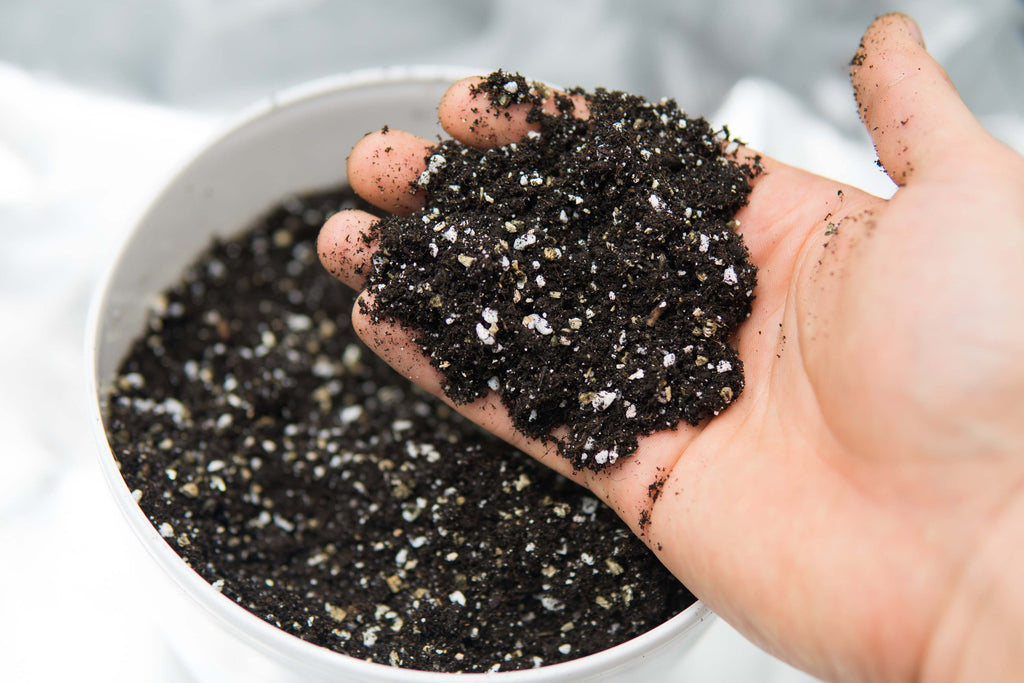
Wrong Soil Conditions
Taking care of peace lily plants requires the right balance in their soil; too much or too little drainage can cause problems such as drooping leaves. If your peace lilies aren’t flourishing, it could be due to an imbalance in their soil mix. If the soil has a waterlogged feeling or is dry, these are indicators that it doesn't have sufficient drainage respectively. When this happens, you can adjust the soil by incorporating materials like sand or perlite to increase drainage if needed, or add potting mix or houseplant compost to help the soil retain more water. Paying attention and making small adjustments to the peace lily's environment will ensure they receive enough sunlight, moisture, and airflow for optimal growth and beauty.
- If the soil is to moist mix in perlite or sand to increase drainage
- If the soil is to dry at potting mix or houseplant compost to help retain more water
Crowded Plant Pot (Needs Repotting)
Occasionally they may need repotting to ensure they aren't getting too crowded in their containers. It's important to check peace lilies regularly so that any drooping leaves can be addressed right away as this indicates overcrowding or a lack of nutrients or water. If you see roots protruding from the holes of its nursery pot, peace lily repotting is the best solution - either through transferring the entire plant into a larger container or dividing it into multiple plants. Using a soil mix that’s similar to what the peace lily was growing in before will make sure it acclimates quickly and its leaves can start perking back up.
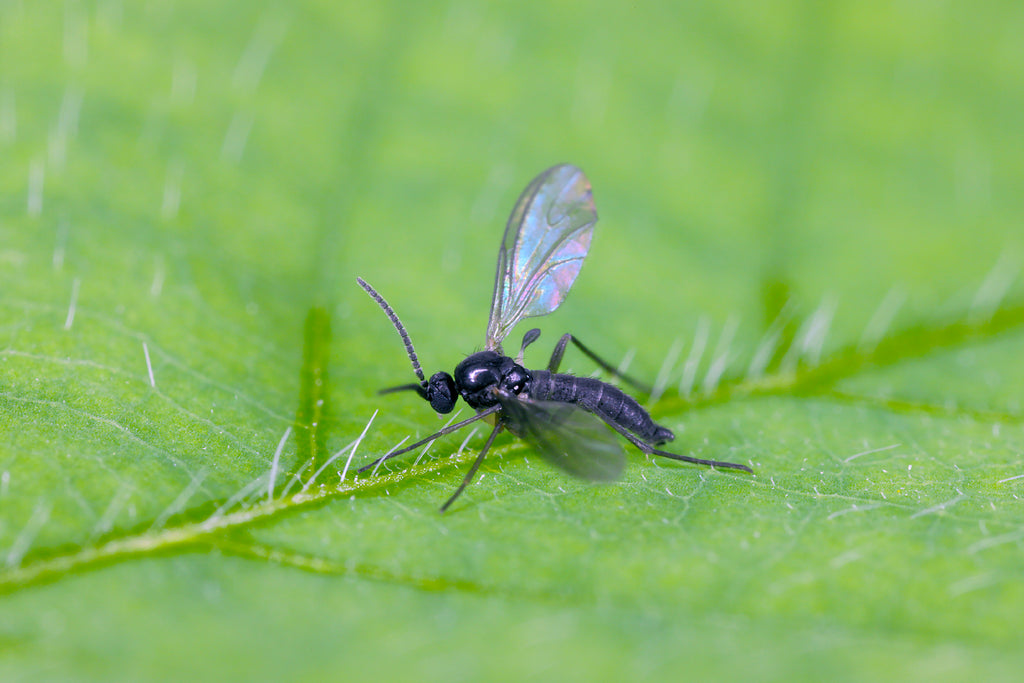
Pest or Diseases
Knowing that peace lilies are a fairly hardy plant doesn't mean they’re immune to pests and diseases. Drooping peace lily leaves can be a sign of a few potential issues such as fungus gnats, mealybugs, and scale insects. To try and address the problem, be sure to inspect your peace lily thoroughly. Look for small black flies, scale-like masses, or evidence of sticky honeydew deposits indicative of mealybugs. Fungus gnats are the most common pest and can be tricky to get rid of. To get rid of the gnats for good it is important to combat them at different stages of there lifecycle all at once, otherwise they will always come back. Fortunately we have made a list of the most effective method to fight Fungus Gnats.
Don't forget to remove any leaves that may show honeydew or mold in order for the peace lily to remain healthy due to the plant needing plenty of sunlight and moisture for optimal growth.
- Check for Fungus Gnats
- Check for Mealybugs
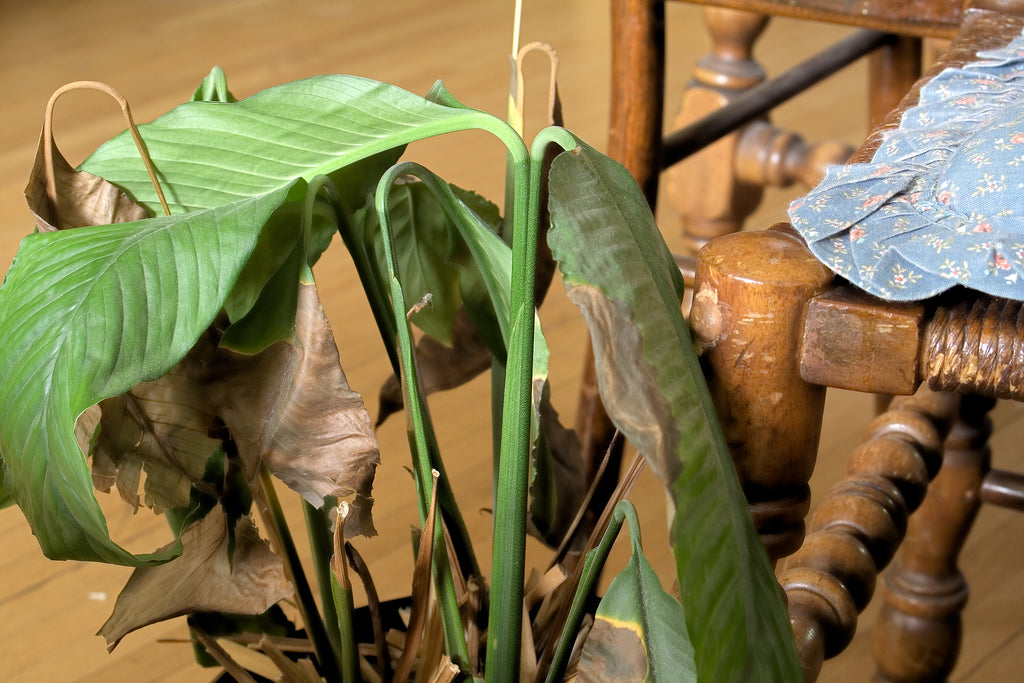
Image credit: Flickr Nicmcphee
Rotting Roots
Experienced or novice plant-owners can fall prey to root rot in peace lily plants, characterized by droopy leaves and a damp soil that may give off an unpleasant smell. To combat this issue, re-pot the affected plant with fresh potting mix - but before doing so make sure you trim any mushy parts from the roots. In future watering sessions for your little green friend, ensure only moisture present within at least two inches of topsoil before adding more water!

